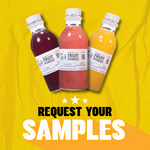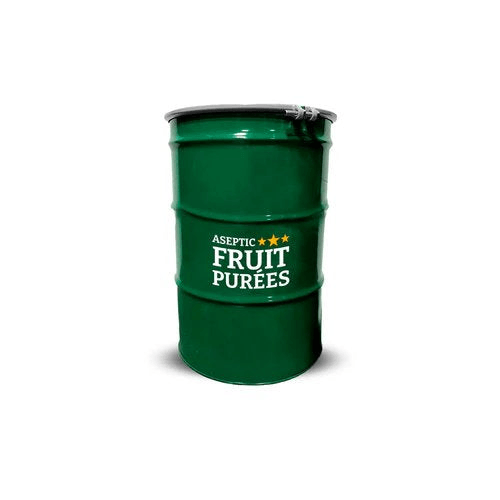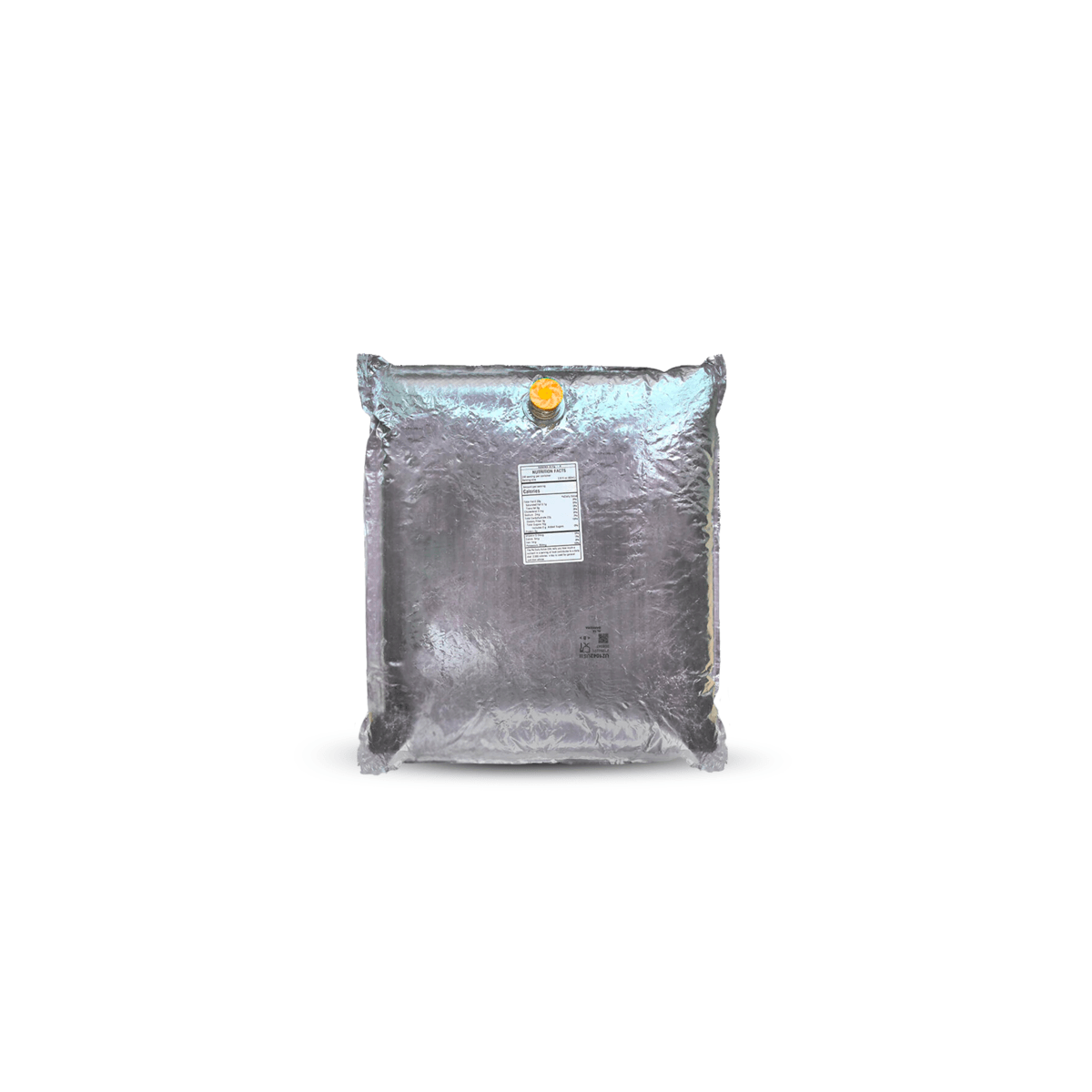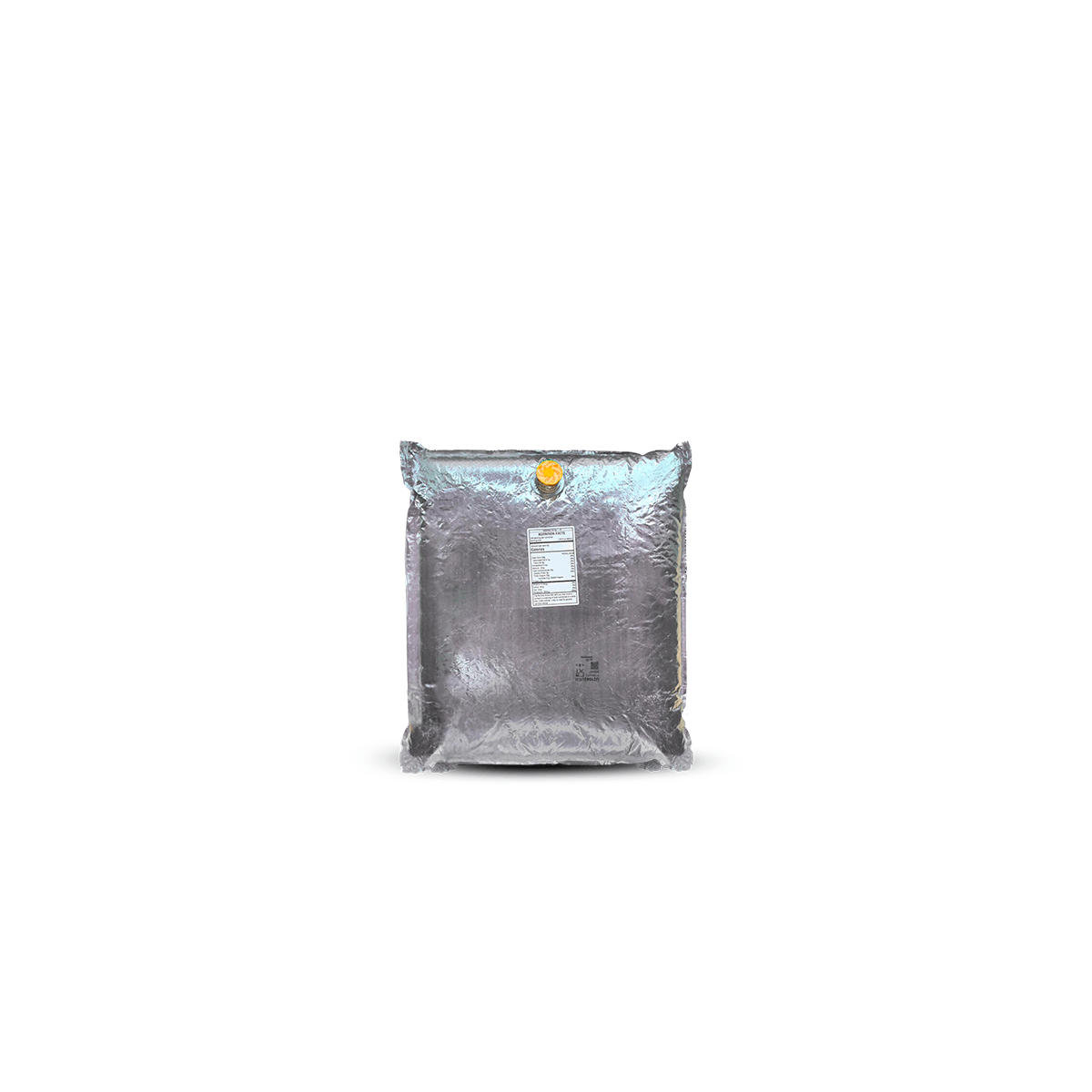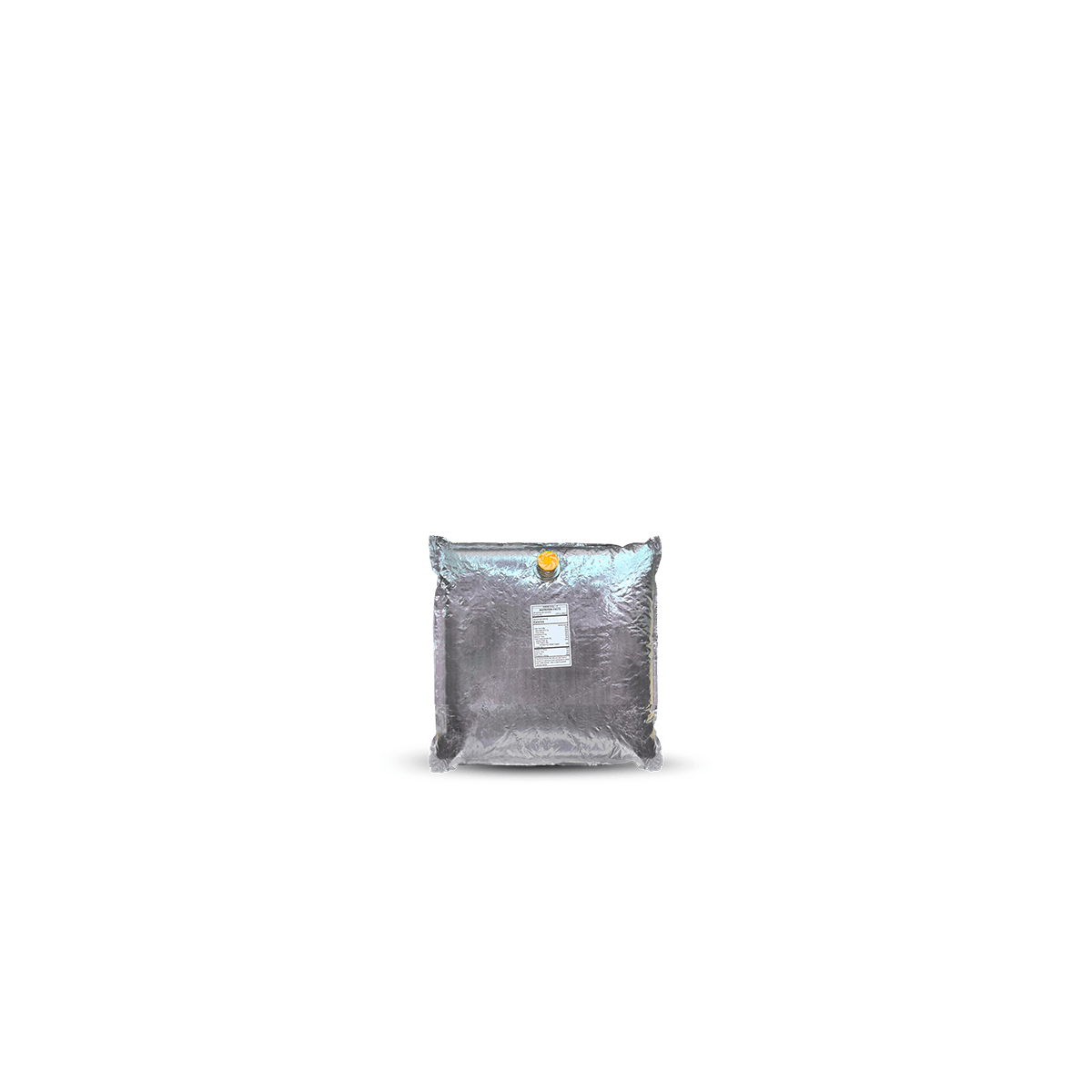There are several different approaches to making a fruit wine, along with different variables to consider before you start. Do you want a wine that has a sweet or dry finish? How much alcohol do you want in your wine? These factors must be taken into consideration before anything else. The amount of aseptic fruit puree and sugar used will determine the result. If you are looking for a sweeter wine with fruit-forward character, you will need to include a considerable amount of fruit puree. If you would like a drier wine, use more sugar (that will ferment out completely into alcohol).
Choosing the fruit for your wine is going to require some planning in advance as well. There is not a “one size fits all” approach. Every fruit has a different amount of acid and a contrasting flavor profile, all of which should be thoroughly thought out. Next, select a type of sugar or honey. Each sweetener will offer subtle differences and it depends on the desired outcome of the winemaker. To many, cane sugar makes the most sense. However, if you want to experiment with alternative methods, that’s up to you. This might sound familiar to the brewers out there.
What you need before you start
You will need to get some aseptic fruit puree and simple sugar (along with the equipment and ingredients below). We are going to make a sweet cherry wine for this post. It is going to have a high amount of fermentable sugar, i.e., less for you to add. Also, it will bear the most resemblance to traditional red wine made with grapes. Conversely, you could use peach puree if you want to mimic a white wine profile. Again, the amount of available fermentable sugar that you start with will determine the resulting alcohol. We are going to shoot for 24 brix/Plato. If fermented out almost completely you would have wine containing around 12.5-13% ABV.
Let’s get started
First, separate the 44 lbs. of Aseptic Fruit Puree sweet cherry between 2 sanitized fermentation buckets. Top them off with approximately 2.5 gallons of water suitable for brewing. Add additional sugar to reach 24 brix/Plato. Make sure to mix thoroughly. Before proceeding, take a reading with your hydrometer. Then it is time to add your acid. This will aid the health of the yeast and prevent your wine from having a flat flavor profile. Use a pH meter to verify that your pH is 3.2-3.5. When you have a stable pH and gravity, it is time to sanitize by using some crushed Campden tablets (one per gallon of wine). This is a metabisulfite that will sanitize and absorb free chlorine or chloramine present.
Once you have done this step, you’ll need to wait for them to work their magic. After a complete 24 hours, it is safe to pitch the yeast. Any wine yeast will do, but it’s worth doing a bit of research to see what works best for your vision. Fermentation will take about a month give or take a week. Most of the fermentation will happen in the first week then lag in the coming weeks. Re-racking into another bucket or carboy will help with clarity and give the yeast a bit of a “wake up”. To ensure fermentation is complete you can test with your hydrometer. You are looking for around 1 brix/Plato.
Let’s put a cork in it
If you are happy with your wine at this point, rock on! Proceed to the bottling or kegging process. If you find it lacking in sweetness or fruit forward character you can add more Aseptic Fruit Puree sweet cherry in a 4.4 lbs. bag separated between the two fermenters or all in one to get the best of both worlds. After adding the puree, you must again sanitize or stabilize the wine using half a crushed Campden tablet for each gallon of wine. This will prevent further fermentation. With an ABV around 12% the wine is stable and can last for years. Bottling your wine would be the best route for some if you want to give away bottles. You could also fill a corny keg if you are going to be drinking at home. Why not, right? Even if you are not going to be producing fruit wine on a large scale it is something fun to do around the holidays to share with family and friends.
Ingredients & Equipment:
2 X 5-gallon fermentation bucket with lid and airlock (clean and sanitized)
2 X 5-gallon carboy
Hydrometer
pH meter
Racking cane and auto-siphon
4-5 gallons of brewing water (separate in half)
4 lbs. of cane sugar (separate in half)
44 lb. bag of Aseptic Fruit Purees sweet cherry puree (separate in half)
2 winemakers yeast packets (equal to 120 billion cells) Yeast starter strongly recommended
1-2 ounces of acid (citric, malic)
1 bag of Campden tablets (uses about 15 total)
Yeast starter instructions:
You will need a sanitized flask, water, DME or sugar, yeast nutrient, and the yeast.
- Heat water, DME or sugar, yeast nutrient to boil for 15 minutes to sanitize
- Cover with foil and let cool to around 72 degrees Fahrenheit
- Add yeast packet(s) and incubate for 24-36 hours with airlock
- Pitch when you are ready

